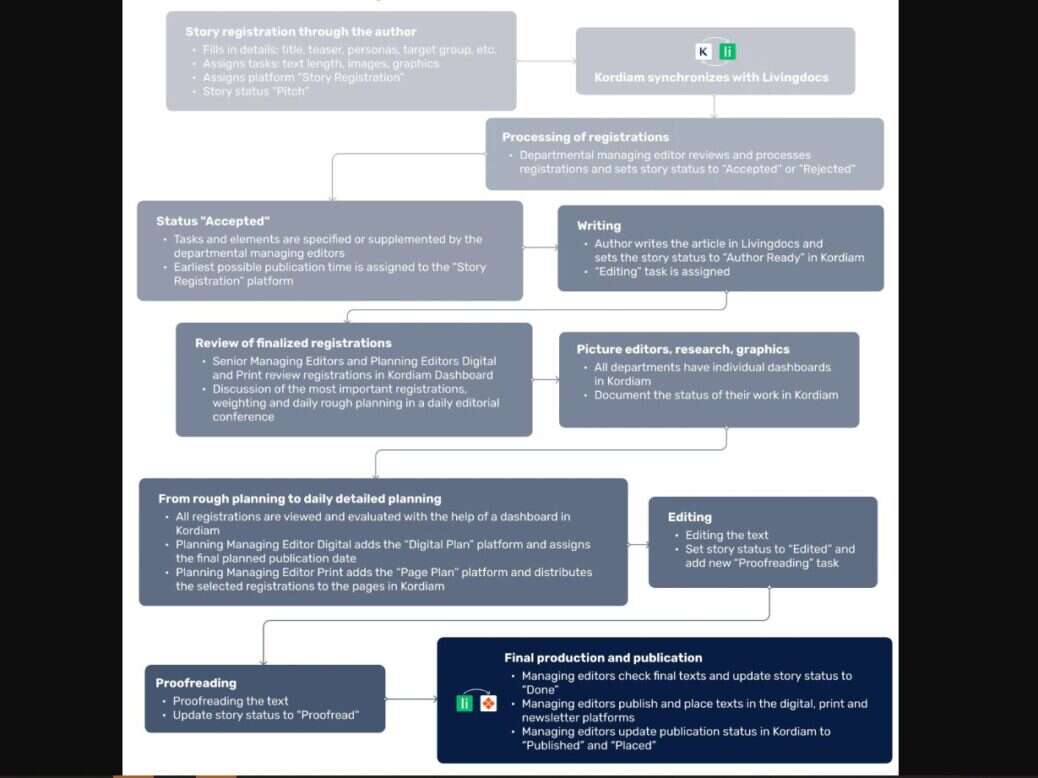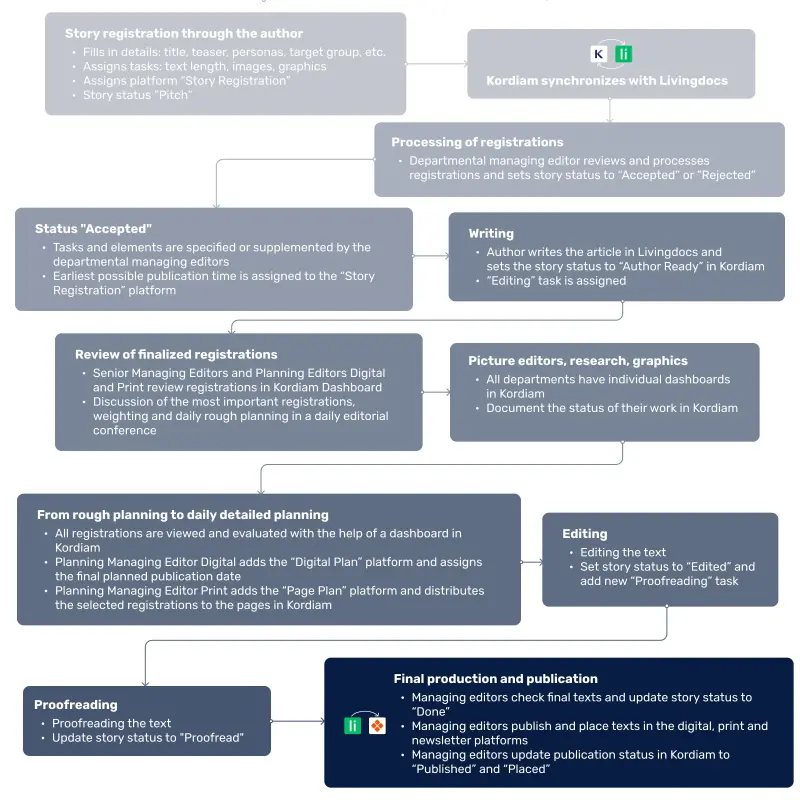FORT MYERS BEACH, Fla. — Hurricane Milton weakened slightly Tuesday but remained a ferocious storm that could land a once-in-a-century direct hit on Tampa and St. Petersburg, engulfing the populous region with towering storm surges and turning debris from Helene’s devastation 12 days ago into projectiles.
Almost the entirety of Florida’s west coast was under a hurricane warning as the storm and its 155 mph (250 kph) winds spun just off Mexico’s Yucatan peninsula, creeping toward the state at 12 mph (19 kph) and sucking energy from the Gulf of Mexico’s warm waters.
Milton’s center could come ashore Wednesday night in the Tampa Bay area, which has a population of more than 3.3 million people. The county that’s home to Tampa ordered evacuations for areas adjacent to the bay and for all mobile and manufactured homes by Tuesday night.
Read More: Why Tampa Is Especially Vulnerable to Hurricane Milton
Lifeguards on the peninsula that forms Tampa Bay removed beach chairs and other items that could take flight in strong winds. Elsewhere, stoves, chairs, refrigerators and kitchen tables waited in heaps to be picked up.
Sarah Steslicki, who lives in Belleair Beach, said she was frustrated that more debris had not been collected sooner.
“If this one does hit, it’s going to be flying missiles,” she said Monday. “Stuff’s going to be floating and flying in the air.”
The National Hurricane Center downgraded Milton early Tuesday to a Category 4 hurricane, but forecasters said it still posed “an extremely serious threat to Florida.” Milton had intensified quickly Monday, becoming a Category 5 storm at midday with maximum sustained winds of 180 mph (285 kph) before being downgraded.
Forecasters warned that Milton could bring a 10- to 15-foot (3- to 4.5-meter) storm surge to Tampa Bay, leading to evacuation orders being issued for beach communities all along the Gulf coast. In Florida, that means anyone who stays is on their own and first responders are not expected to risk their lives to rescue them at the height of the storm.
Milton is forecast to remain an extremely dangerous hurricane through landfall and as it makes its way across central Florida toward the Atlantic Ocean with rainfall totals as high as 18 inches (20 centimeters) possible, according to the hurricane center. That would largely spare other states ravaged by Helene, which killed at least 230 people on its path from Florida to the Appalachian Mountains.
Tampa Bay has not been hit directly by a major hurricane since 1921, and authorities fear luck is about to run out.
“In the end, it matters where it goes because how it affects people, and if you look at the population in Florida, there’s much more population across the central part of the state than there is in the Big Bend,” said hurricane specialist John Cangialosi, reflecting on Helene’s path.
President Joe Biden approved an emergency declaration for Florida, and U.S. Rep. Kathy Castor said 7,000 federal workers were mobilized to help in one of the largest mobilizations of federal personnel in history.
“This is the real deal here with Milton,” Tampa Mayor Jane Castor told a Monday news conference. “If you want to take on Mother Nature, she wins 100% of the time.”
The Tampa Bay area is still rebounding from Helene and its powerful surge — a wall of water up to 8 feet (2.4 meters) it created even though its eye was 100 miles (160 kilometers) offshore. Twelve people died there, with the worst damage along a string of barrier islands from St. Petersburg to Clearwater.
Stragglers were a problem during Helene and 2022’s Ian. Many residents failed to heed ample warnings, saying they evacuated during previous storms only to have major surges not materialize. But there was evidence Monday that people were getting out before Milton arrives.
A steady stream of vehicles headed north toward the Florida Panhandle on Interstate 75 as residents heeded evacuation orders. Traffic clogged the southbound lanes of the highway for miles as other residents headed for the relative safety of Fort Lauderdale and Miami on the other side of the state.
About 150 miles (240 kilometers) south of Tampa, Fort Myers Beach was nearly a ghost town Monday afternoon as an evacuation order took effect. Ian devastated the 5,000-resident community two years ago, its 15-foot (4.5-meter) storm surge destroying or severely damaging 400 homes and businesses. Fourteen people died there as they tried to ride out the storm, and dozens had to be rescued.
On Monday, the few residents who could be found were racing against the clock to safeguard their buildings and belongings. None said they were staying.
The signs of Ian’s devastation remain visible everywhere. Rebuilt homes stand next to others in various states of construction. There are numerous vacant lots, which were once rare.
“This whole street used to be filled out with houses,” said Mike Sandell, owner of Pool-Rific Services. His workers were removing and storing pumps and heaters Monday from his clients’ pools so they wouldn’t get destroyed.
Home construction supplies like bricks, piping and even workers’ outhouses lined the streets, potential projectiles that could do further damage if a surge hits.
At the beach Monday afternoon, workers busily emptied the triple-wide trailer that houses The Goodz, a combined hardware, convenience, fishing supply, ice cream and beach goods store. Owner Graham Belger said he moved his “Your Island Everything Store” into the trailer after Ian destroyed his permanent building across the street.
“We’ll rebuild, but it is going to be bad,” he said.
Nearby, Don Girard and his son Dominic worked to batten down the family’s three-story combination rental and vacation home that’s about 100 feet (30.5 meters) from the water. Its first-floor garage and entranceway were flooded by Helene last month, Hurricane Debby in August, and a tide brought by a recent supermoon.
Ian was by far the worst. Its waves crashed into the 14-year-old home’s second floor, destroying the flooring. Girard repaired the damage, and his aqua-blue and white home stands in contrast to the older, single-story house across the street. It was submerged by Ian, never repaired and remains vacant. Its once-off-white walls are now tinged with brown. Plywood covers the holes that once contained windows and doors.
Girard, who owns a banner and flag company in Texas, said that while his feelings about owning his home are mostly positive, they are becoming mixed. He said every December, his extended family gathers there for the holidays. At that time of year, temperatures in southwest Florida are usually in the 70s (low 20s Celsius) with little rain or humidity. The area and its beaches fill with tourists.
“At Christmas, there is no better place in the world,” Girard said.
But flooding from Ian, the other storms and now Milton is leaving him frustrated.
“It’s been difficult, I’m not going to lie to you,” Girard said. “The last couple years have been pretty bad.”
___
Daley reported from Tampa. Contributing to this report were Associated Press writers Mike Schneider in Orlando, Kate Payne in Tampa, Freida Frisaro in Fort Lauderdale and Seth Borenstein in Washington.








































































































































You must be logged in to post a comment Login